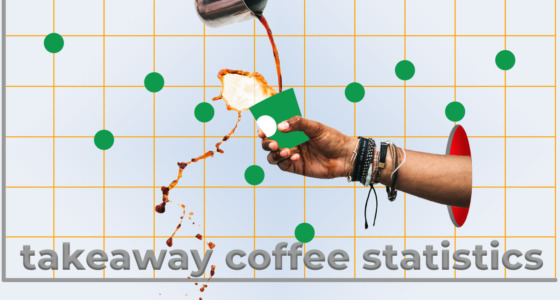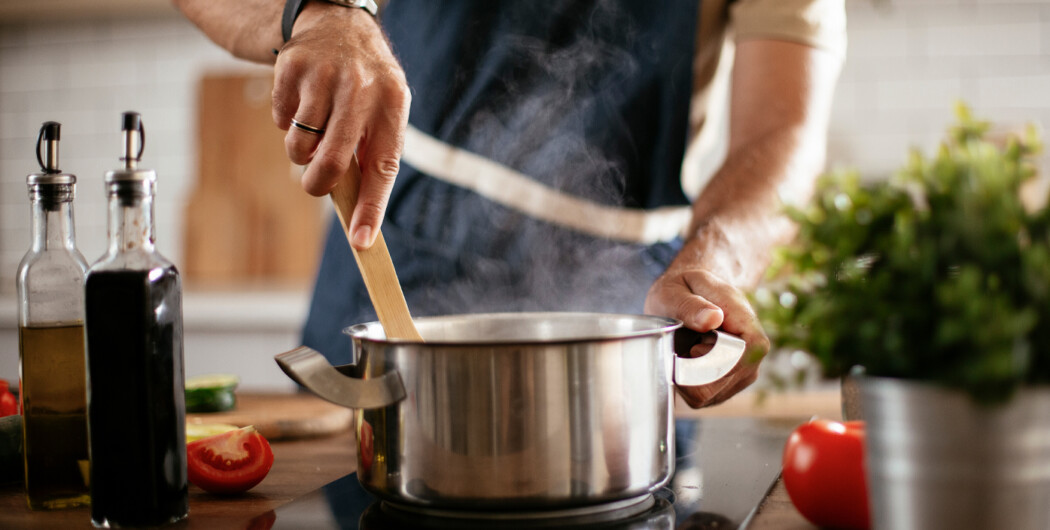

Some culinary experiments belong in professional kitchens, like Heston Blumenthal’s idea to create a dish that would simulate the experience of eating a meal while flying in an airplane. He realized that high altitudes and dry cabin air on airplanes affect the taste and texture of food. So he created a custom-built pressure chamber and served a deconstructed Waldorf salad and a beef stroganoff.
But not all interesting techniques require a high level of skill and expertise. There are plenty of accessible culinary experiments to try at home, and here are the top-5 suggestions.
Fermentation
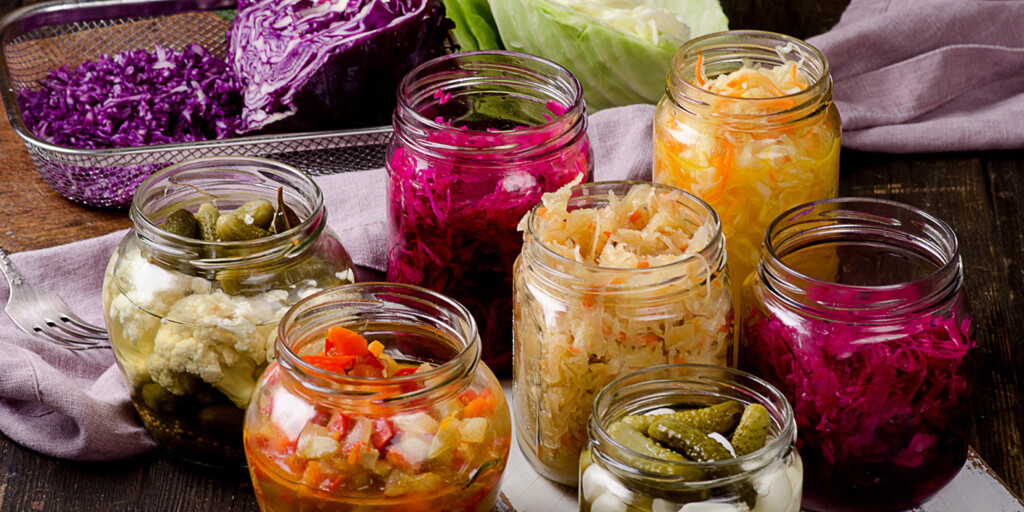
Fermentation involves converting sugars and carbohydrates into alcohol or organic acids by microorganisms (bacteria, yeasts, and molds). It might sound intimidating, but it’s actually a fun and easy way to preserve food, enhance its flavor, and increase its nutritional value. To make sauerkraut, for example, shred some cabbage and mix it with salt. Then pack the mixture tightly into a jar and let it sit at room temperature for a few days.
Dehydrating
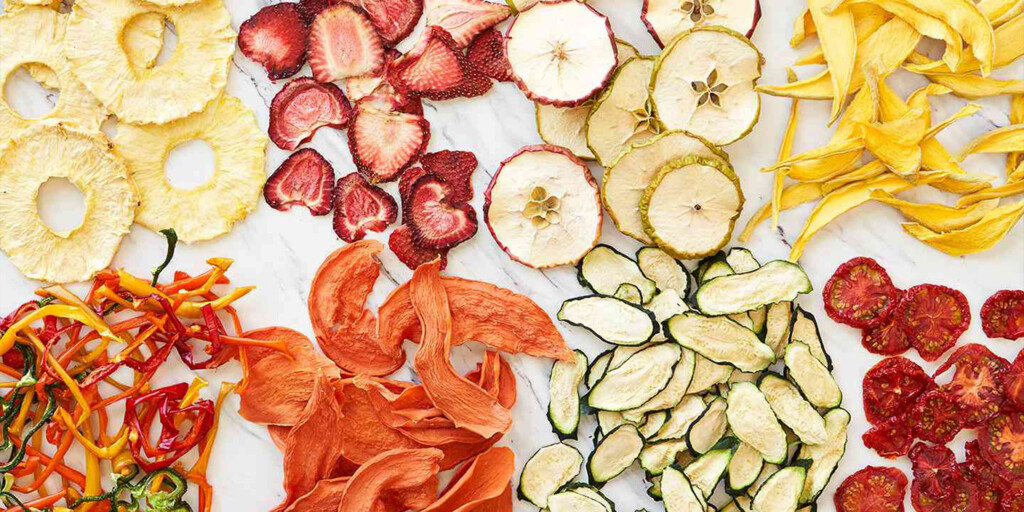
This experiment can be done using a dehydrator, an oven, or just the sun. If you want dried fruit or vegetables for a snack, set the dehydrator or oven to a low temperature and let them dry out for several hours or even overnight. Perhaps you’ll want to sprinkle the fruit with spices like cinnamon or ginger before dehydrating to add extra flavor.
Smoking
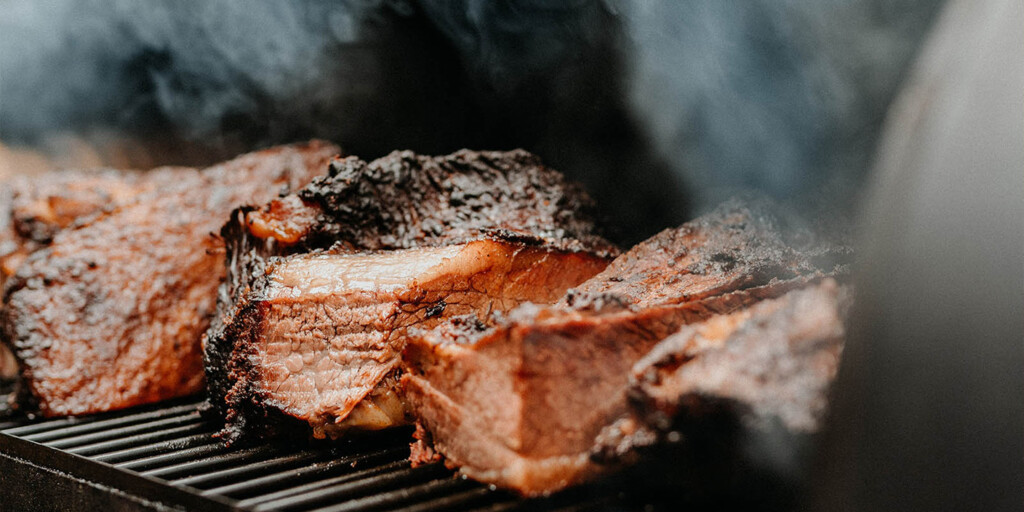
Smoking has been used for centuries to add flavor and complexity to food, and smoked meats (like brisket or pulled pork) are popular in many different cuisines. There are different smoking methods (charcoal smokers, wood smokers, stovetop smokers), and each achieves different flavors and textures. While smoking can be a bit more complex, it’s definitely worth trying at home if you’re feeling adventurous.

Sous Vide
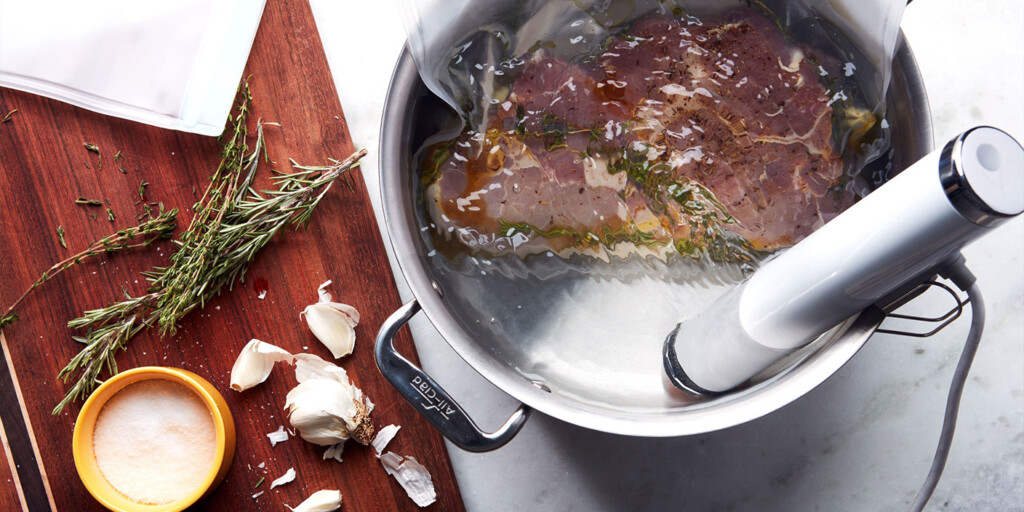
Sous vide is a technique for cooking food in a vacuum-sealed bag in a temperature-controlled water bath, which allows for precise and consistent results. This makes it perfect for cooking proteins like steak, chicken, and fish. And the best thing is once you’ve set the temperature and placed your food in the water bath, you can walk away and let the machine do the work.
Infusions
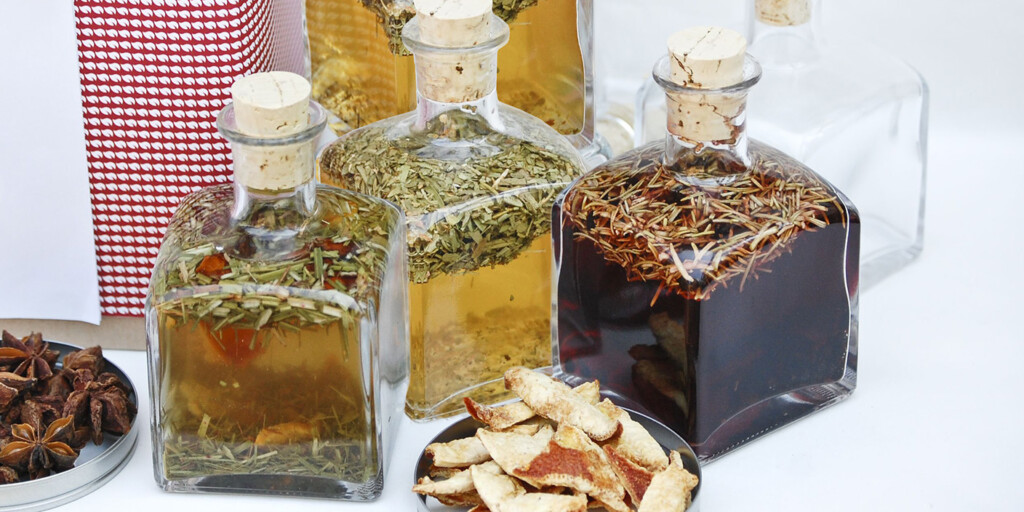
What’s great about infusions is their versatility. You can make them with a wide range of ingredients, from fresh herbs and spices to fruits and vegetables, and use them in a variety of dishes. Infused oils, for example, can be used to sauté vegetables, roast meats, or add flavor to dressings and marinades. Or you can use infused vinegars to create tangy sauces, dressings, soups, and stews.
Molecular Gastronomy
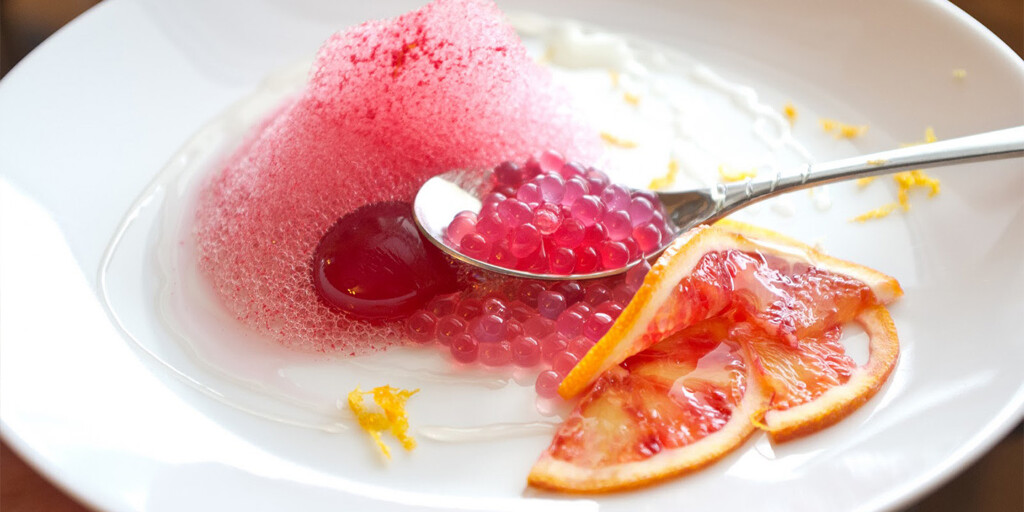
Molecular gastronomy combines science and creativity to create visually stunning and innovative dishes, and it’s a step into the advanced cooking territory. By using scientific principles to manipulate the properties of food, you can create dishes that are unlike anything you’ve ever tasted before. For example, using agar or gelatin to create edible films or sheets to wrap around other ingredients.
Molecular Mixology
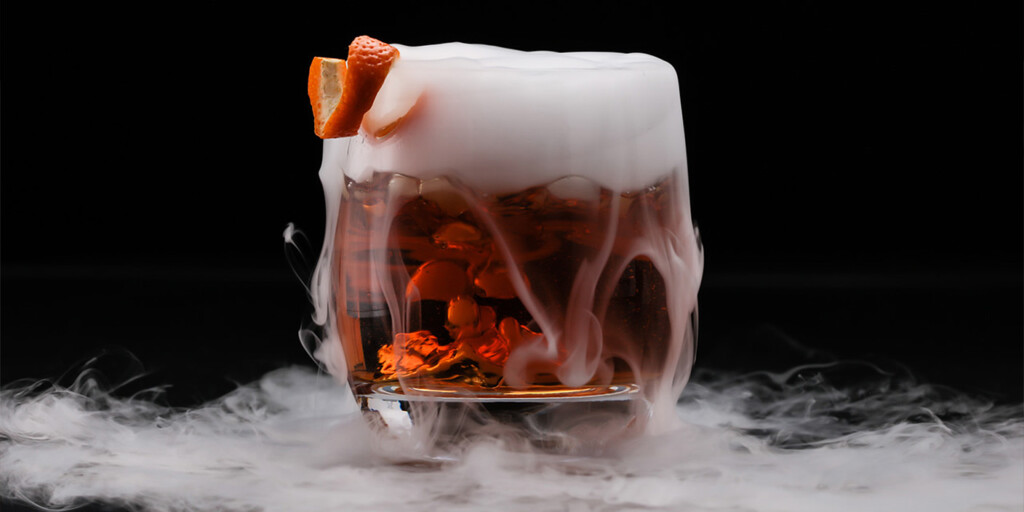
Similarly, you can combine science, art, and mixology to create visually stunning and innovative cocktails or mocktails. Here is an idea: use foaming agents like lecithin to create a light and airy foam for your drink. This will add depth to the drink and impress your house party guests.
Sources:
Fermented Foods Processing: Flavor, Preservation, and Health, Institute of Food Technologists
How to Dehydrate Food: Methods, Benefits, Tips, and More, Healthline
So, What Is Sous Vide, Anyway? Bon Appétit
Molecular Gastronomy, ScienceDirect





